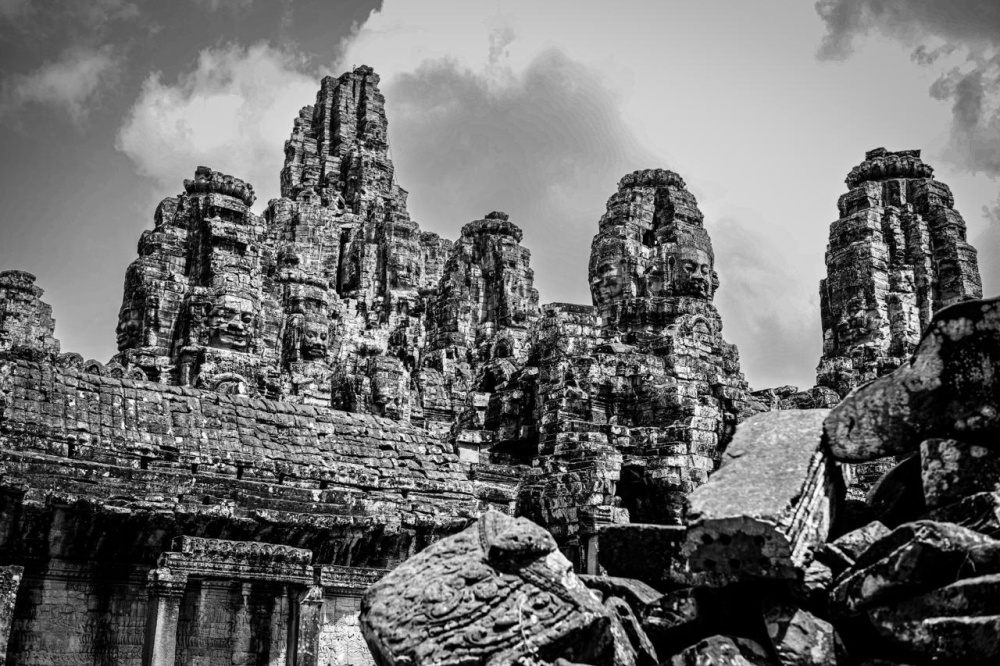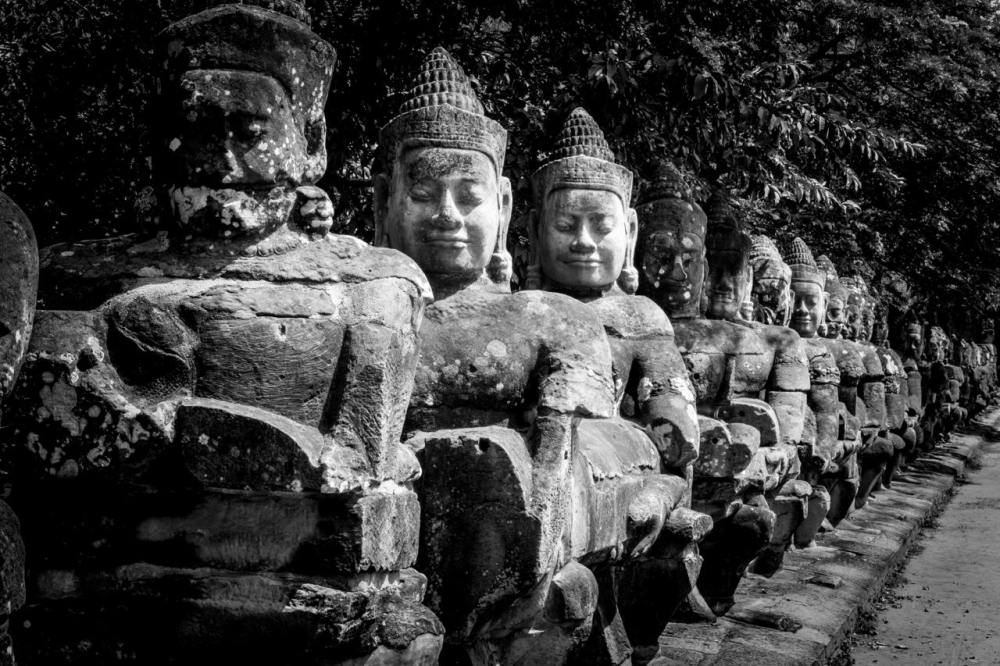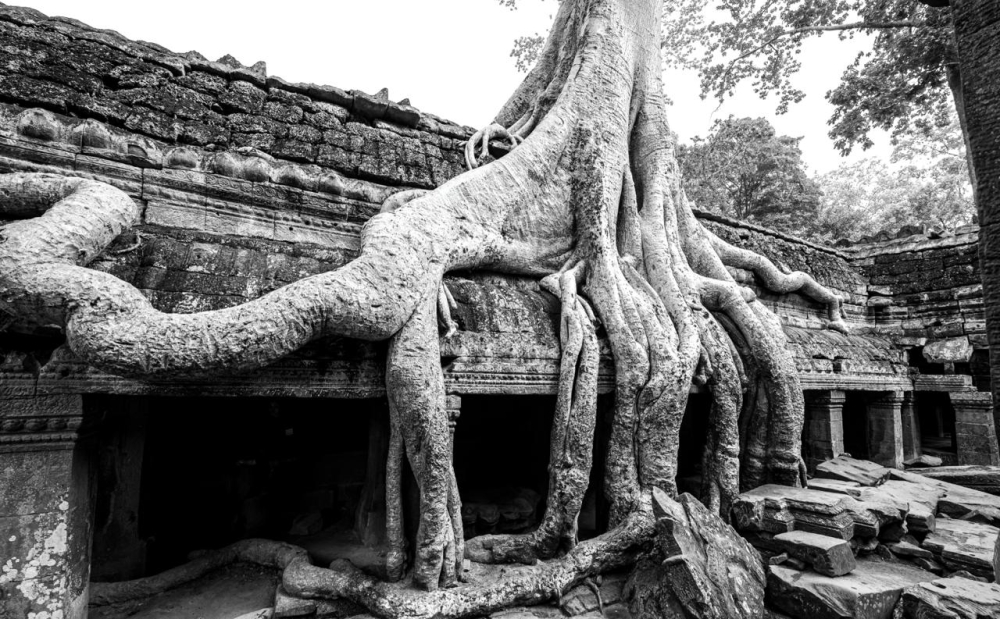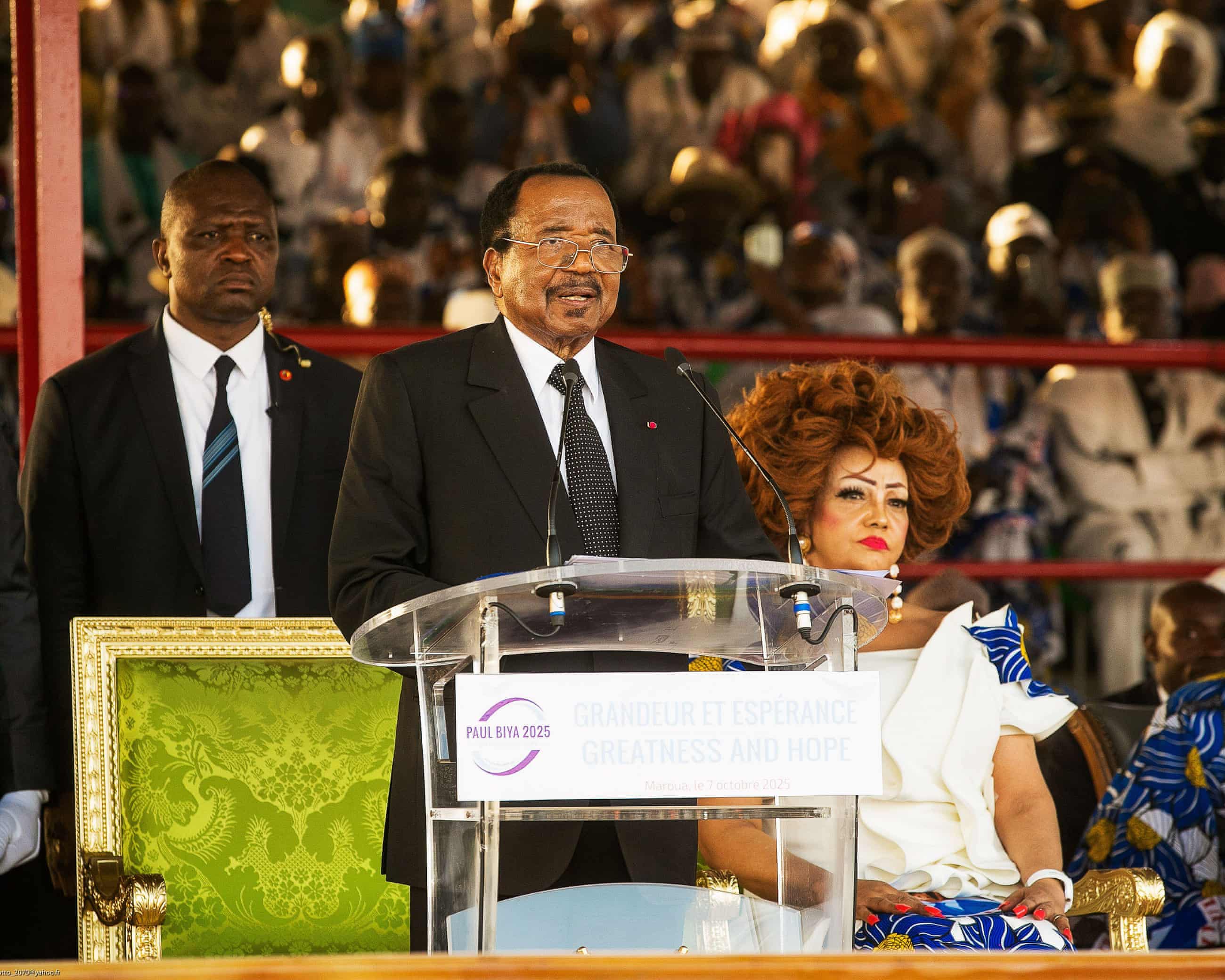Siem Reap, where stone remembers

KUALA LUMPUR, Oct 13 — The lift at Raffles Grand Hotel d’Angkor is a timber-and-iron cage that groans upward like an artifact itself—one of the oldest working elevators in Southeast Asia. You step into it and the century peels back. Built in 1932 for French archaeologists, explorers, and royalty, the hotel still exudes that colonial hush: broad verandas, teak floors, and a stillness punctuated only by the clink of ice and the distant chorus of geckos. Staying here isn’t about luxury in the modern sense—it’s about inhabiting history, about stepping into the same world that greeted Henri Mouhot when he “discovered” Angkor for the West in 1860.
And that journey, so quick and seamless, felt like a gift.
And then the deeper journey begins.
Angkor Wat — Vishnu’s mountain, empire’s spine
When the morning call of the koel still echoes and a thick, pearl-gray mist curls low over the rice paddies, the tuk-tuk hums toward a moat that could swallow a city. Angkor Wat, the crown jewel of the Khmer Empire, is not just a temple; it is a cosmological diagram carved in stone, a microcosm of the Hindu universe. The approach is a mile-long meditation—a deliberate, processional path demanding reverence before the ultimate expression of cosmic order.
Commissioned by King Suryavarman II in the early 12th century, Angkor Wat was dedicated to Vishnu, the Preserver. Its entire plan mirrors Mount Meru, the sacred axis mundi: five towers for the five peaks, and a moat stretching 190 meters wide like the encircling seas. The scale staggers the imagination. Covering 162 hectares, it remains the largest religious structure ever built.
But Angkor Wat is not merely vast. Its artistry is sublime. Bas-reliefs stretching nearly 800 meters depict epic scenes from the Ramayana and Mahabharata, where you can trace the marching armies and the smooth, cool stone feels polished by the passage of nine centuries. When dawn breaks, and the lotus towers blush gold against the sky, the entire complex becomes a celestial stage.

Bayon — faces of compassion, faces of power
A short ride north through the gates of Angkor Thom—“Great City”—and the mood changes entirely. Gone is the perfect symmetry of Angkor Wat. In its place, a riot of stone faces bloom above the forest canopy. This is Bayon, the state temple of Jayavarman VII.
Bayon marks a profound shift in Khmer spirituality. Jayavarman VII embraced Mahayana Buddhism, and Bayon was his political and spiritual manifesto. Here, you are perpetually observed. Every turn reveals a new, gentle, inscrutable smile—a gaze from over 200 colossal faces that suggests the king’s rule was both divine and omnipresent.
Unlike the mythic epics of Angkor Wat, Bayon’s bas-reliefs tell stories of daily life: fishermen hauling nets, women at market, even a wrestling match. It’s a vivid, ethnographic record of a medieval Southeast Asian city-state in motion. Bayon is chaos and charisma, a place where imperial power and Buddhist compassion blur.

Ta Prohm — Where jungle and stone breathe as one
If Angkor Wat is about cosmic order and Bayon about divine kingship, then Ta Prohm is about nature reclaiming the built world. Commissioned by Jayavarman VII in 1186, it was deliberately left in its “rediscovered” state by restorers.
Massive Tetrameles nudiflora and strangler figs erupt from towers and courtyards, their roots snaking through galleries and swallowing doorways. The temple is locked in an embrace with the jungle—symbiotic, adversarial, and breathtaking. Walls lean under the weight of centuries-old roots; lintels buckle where trees have become buttresses. The stillness is broken only by the drip of moisture and the whisper of leaves. No wonder its haunting beauty, immortalized even in popular culture like Lara Croft: Tomb Raider, captures a depth that cinema can only hint at. To stand beneath a tree that has grown from a roof and now holds the building up is to witness time itself at work.
Raffles — the old way is still the best way
After a day spent chasing the ghosts of empires, there is no better sanctuary than Raffles Grand Hotel d’Angkor. The French designed it as a rest house for scholars; today it remains the most evocative base for temple-hunting.
In the evening, as the sky bruises purple over Siem Reap, you sip a Grand Hotel Sling at the Elephant Bar. The cool marble beneath your hand is a stark contrast to the rough, sun-warmed sandstone under your palm hours ago. The bar’s quiet hum is the modern echo of the silence you found at Angkor Wat. Over the decades, it has hosted archaeologists, kings, and dreamers.
Angkor is more than a collection of temples—it’s the fossilized memory of one of humanity’s most sophisticated civilizations. Do it the way the first explorers did: fly in easily on AirAsia’s direct route, rise before dawn, and chase the sun across causeways and through corridors older than most nations. Let the faces of Bayon read your thoughts, trace the slow-motion battle between tree and temple at Ta Prohm, and watch the sky ignite over Angkor Wat as it has for nine centuries.
Then retreat to Raffles, where the ceiling fans spin lazily over gin and history, and the night hums with cicadas and memory. Here in Siem Reap, the stones still speak—and if you listen closely, they’ll tell you that empires don’t die. They dream.
[Source: Malay Mail]










































